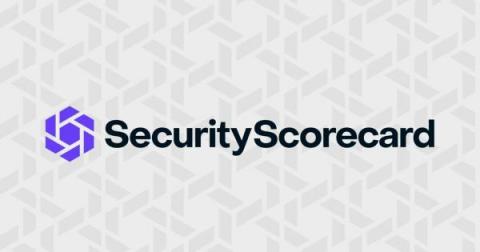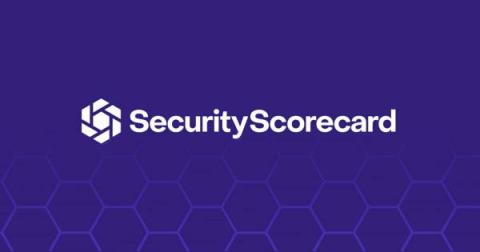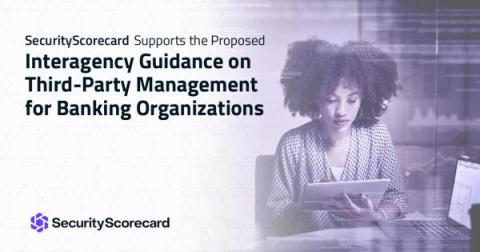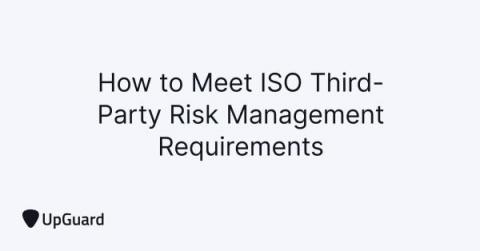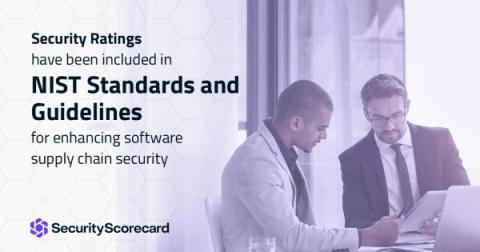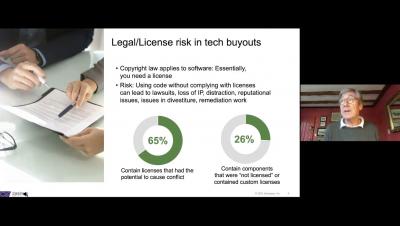What is a Formjacking Attack and How to Prevent It?
Last year, as most people were stuck at home, many of us became even more dependent on e-commerce sites than we were already. Unfortunately, that includes cybercriminals too. In 2020, scams targeting the checkout forms of online retailers rose by 20%, according to reports.




